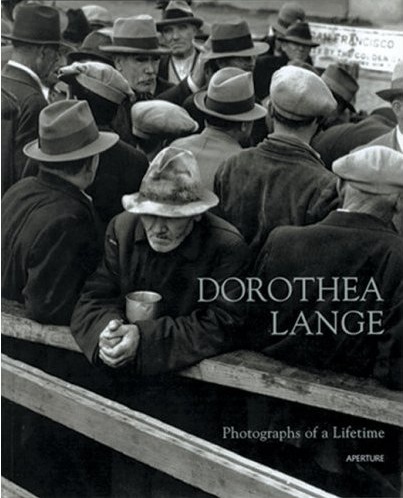A Depression era icon
I have finally set to right the inexcusable omission of a monograph on Dorothea Lange from my library.
Where Walker Evans mostly photographed things, Lange photographed people. And her pictures always seem to get to the emotional heart of her subjects and the horrors of the Great Depression.
The monograph, titled ‘Dorothea Lange: Photographs of a Lifetime’, is a splendid review of her work, covering the period 1932-59 and, as with all monographs published by Aperture, is of the highest quality.

It’s overpriced new, but my used copy came from Strand Books for under $40. That’s another bookseller which should be in every photographer’s address book.
In the photographer’s words:
“You force yourself to watch and wait. You accept all the discomfort and the disharmony. Being out of your depth is a very uncomfortable thing …. You force yourself onto strange streets, among strangers. It may be very hot. It may be painfully cold. It may be sandy and windy and you say “What am I doing here? What drives me to do this hard thing?”
The book relates the story of how she came to take her most famous picture, that of the migrant mother in Nipomo, CA. The story is so incredible that I will not retell it here and suggest, instead, that you buy this book to read all about it.
If you want to see the depredations visited upon this great nation by stunningly incompetent administrations of both parties, aided and abetted by a seemingly uncaring and callous Federal Reserve, you need go no further than Lange’s great humanism, as displayed in her pictures.